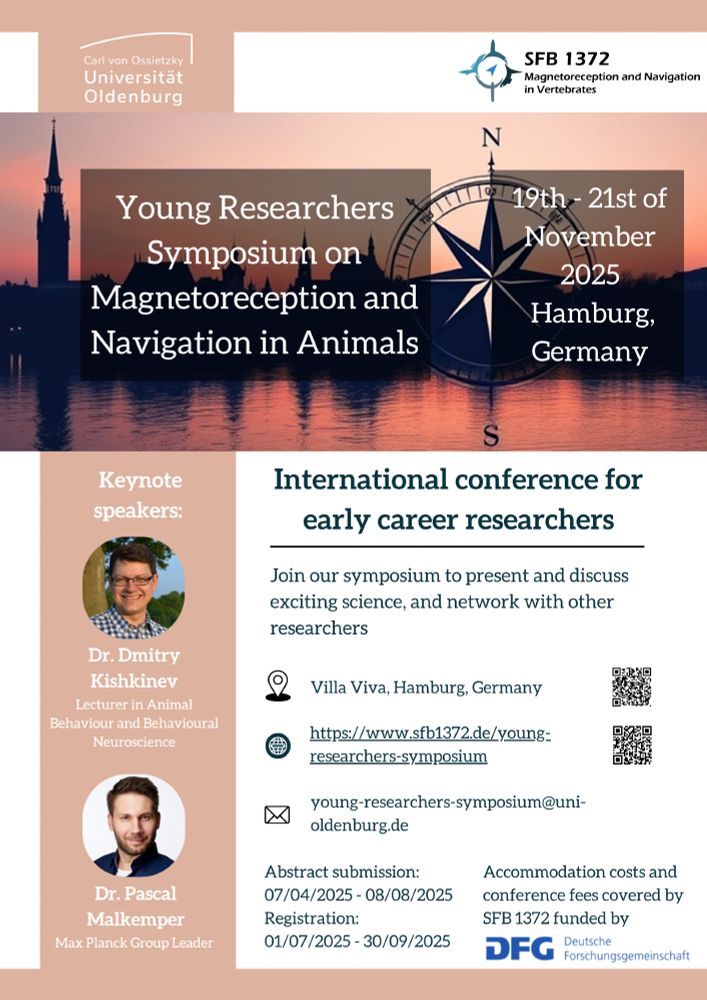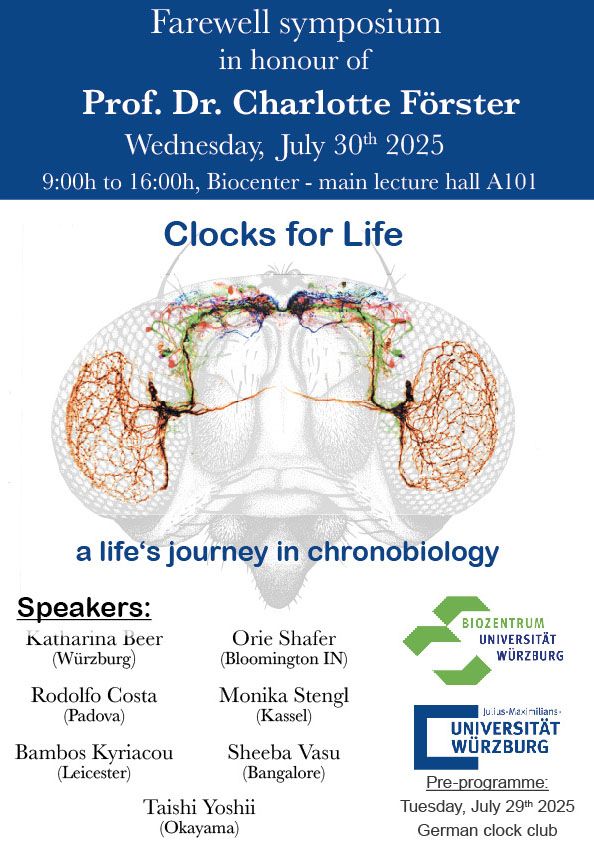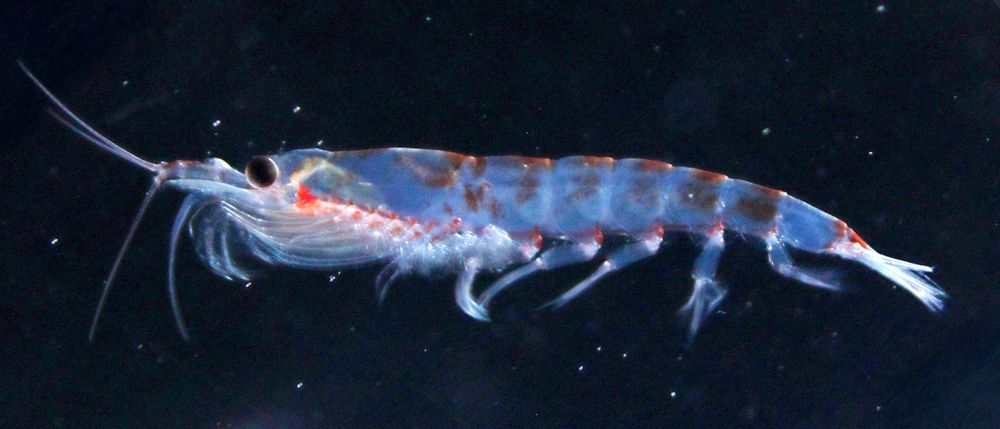Posts
Media
Videos
Starter Packs
Reposted by Lukas Hüppe
Reposted by Lukas Hüppe
Reposted by Lukas Hüppe
Reposted by Lukas Hüppe
Reposted by Lukas Hüppe
Reposted by Lukas Hüppe
Reposted by Lukas Hüppe
Lukas Hüppe
@lhueppe.bsky.social
· May 5

A circadian clock drives behavioral activity in Antarctic krill (Euphausia superba) and provides a potential mechanism for seasonal timing
Behavioral experiments provide strong evidence that krill swimming behavior is controlled by biological clocks throughout the year, revealing a key mechanism for adaptation to high-latitude habitats.
doi.org











